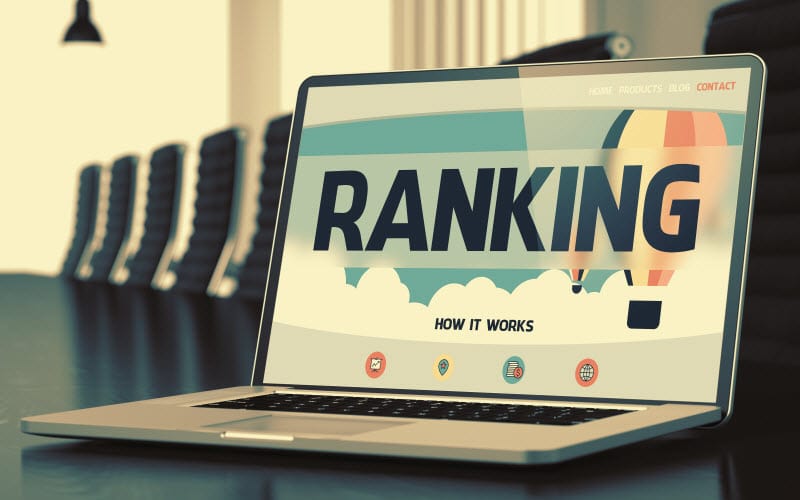If you’re concerned about where your website ranks on Google’s search engine results pages (SERPs), you might be keen to understand Google’s ranking factors. According to backlinko.com, Google web crawlers are programmed to gather information on more than 200 different factors when indexing your page. Ranking factors could be as simple as the quality of your links, your domain name, and the amount of content you have on your website. If you’re interested in search engine optimization (SEO), you’ll want to know how you may tweak your website or blog so that Google’s web crawlers can index your pages with greater ease.
What are on-page ranking factors? As the name suggests, this term refers to any aspect of your webpage that makes it attractive to Google crawlers. Some ranking factors are more important than others. The factors that hold most weight are as follows.
Use of Keywords
If you’re submitting a query into a search engine box, your search will include keywords. Incorporating keywords into the content of your website will allow Google to match a user’s query with the information that he or she is searching for. If you’ve included the proper keywords on your webpage or blog, you will be found by the user. What kind of keywords are out there and which keywords should you incorporate into your content? You should seek to include keywords that are relevant to your interests, industry, or brand. For example, if you host a wedding planning website, you may wish to include keywords such as “marriage,” “photography,” “bride,” and “wedding dress.” Keywords don’t have to be just one word, however. Long-tail keywords refer to phrases that are specific, targeted short sentences that are drivers of niche traffic. A long tail keyword, for example, could be, “wedding photographer in Chicago.” To maximize your ranking, be sure to include your keywords in the title tags and headers of your content.
The Structure of Your Content
Google’s mission statement is, “Focus on the user and all else will follow.” Google wants to ensure its users have the best online experience possible. Therefore, Google highly ranks websites that contain informative, engaging content that is structured, on-topic and interesting to any given reader. How does Google decide what information fulfills these requirements? Generally, the longer your content, the better. Google assumes that longer content is more detailed and well-researched. Informative and user-driven content usually is determined to be around 2,000 words in length, the assumption being that, for the average website owner, it is nearly impossible to write an article of that length without research.
Conversely, duplicate content is a negative factor when considering rankings. Google is likely to penalize you If you have multiple webpages with similar content. In addition, you should try to stay focused on your content’s structure. Believe it or not, Google’s web crawlers can tell if you veer off topic. Sticking to one main subject per each webpage is the way to go.
Videos, Images, and Other Types of Media
In addition to text, Google search engines also index other forms of media, such as images and video. These types of media have a greater chance of being shared by others on media-centric platforms such as Twitter, YouTube, Instagram, and Pinterest. Therefore, these sites may link back to you, increasing your chance of getting ranked highly. To optimize your content, include relevant keywords in image captions, alt texts, and media descriptions.
Links
Internal links are those that are embedded within your webpage that point to some other part of your website. Interlinking webpages can increase your ranking. Backlinks are those that are sourced from other parts of the web that point to your website. The number of high-quality websites that backlink to your website factors in among one of the most important SEO strategies. The willingness of others to link to your content signals to Google that you are trustworthy. While you want to maximize the number of incoming links to your website, you may want to avoid embedding too many outbound links, or those links that point to other websites. It may make your page appear as a bridge website, which Google will penalize you for.
While search engine optimization is by no means mysterious, it does require hard work and research. The Internet is an ever-growing repository of information, and, as such, Google’s algorithms constantly evolve to meet the needs of a shifting environment. If you want to climb the Google ranking ladder, consider how to best organize engaging, user-focused content.








